All superheroes, at least all the really good ones, have one fatal weakness. Achilles had his heel. Superman had kryptonite. Mine is school buses. Call it Post Traumatic Field Trip Disorder from my days on the educational front lines, but whenever we arrive at a museum, I immediately start counting school buses. Subconscious tremors begin if the number is more than four.
Today the weather was so gorgeous in Texas that I woke up wondering if we had skipped winter all together and landed right in the middle spring. A trip to the museum complex in Dallas Fair Park was in order to give us a chance to enjoy the fantastic weather. When we arrived, nine school buses were staring me in the face. A deep, cleansing breath and a plan recalculation was in order, so we took a walk around an area of Fair Park that we had not explored in the past and ended up in the Hall of State.
Fair Park is not only the home of the State Fair of Texas and the Cotton Bowl, but also houses a grand collection of museums that include the Texas Discovery Gardens, the Children’s Aquarium, and the Museum of Science and Nature. The Hall of State is one more museum on the lustrous list and one that we hadn’t checked out before.
The Hall of State was unveiled in 1936 at the Texas Centennial Celebration and was the most expensive building in Texas at its time. The building seamlessly blends the art deco and classical styles of architecture with a few Texas motifs thrown in for good measure. The signature element of the building is an 11 foot gold-leafed Tejas Indian that stands poised above the main entrance.
Once inside, the building unfolds into an expansive Grand Hall that features murals depicting the history of Texas and a centerpiece medallion that honors each of the six flags that flew over Texas. The grandeur of the hall easily lends itself to ceremony and is often the site of weddings with upscale, yee-haw flair.
Several of the wings of the building were closed for the installation of a new exhibit, so we continued downstairs to check it out. On the bottom floor, we found an impressive collection of Texas flags that made my proud Texas heart kick up its heels in excitement, as the remarkable history unfurled in front of us.
If you are anything like my kids, you can tell when I’m about to launch into teacher mode and your eyes are beginning to slowly glaze over. But wait! Even if you have never set foot in Texas, I guarantee that you have tasted the benefits of the defeat of Mexican general Santa Anna in the Texas revolution.
The setting for Texas independence began in 1821. Mexico itself had only recently won their independence from Spain and they were tenuously holding on to the vastly unsettled Texas land, as American interests in acquiring the land were high. To strengthen their stronghold in Texas, the Mexican government offered free land to anyone who was willing to settle in Texas in hopes that they would become loyal Mexican citizens and protect the land. 300 families accepted this offer of land and the signing of the new Mexican constitution in 1824 helped to solidify their rights as citizens of Mexico.
President Santa Anna overthrew the Mexican constitution in 1835, setting himself up as dictator and putting a really big bee in the Texans bonnet. Sensing the impending ruckus, Santa Anna gave orders to disarm the Texans, who had previously been charged by the Mexican government with providing their own protection. When they arrived in the small town of Gonzales to commandeer the town cannon, they were as welcome as an outhouse breeze and the Texas, who were looking for a fight, decided to take it personal.
The Gonzales cannon was run out of town and buried in some farmer’s peach orchard while the Texans marched off into the “Lexington of Texas.” Just to make their position clear, the Texans carried a flag into battle with the words “Come and Take It” emblazoned on the banner. A picture of a cannon was included along with the words, just in case the Mexicans were fuzzy on the details.
After this, the Texans and Mexican locked horns at the famous battle of the Alamo over which this flag was flown. The flag looks suspiciously like the Mexican flag, but the insignia has been unceremoniously removed and replaced with the date 1824. The date was an obvious dig at the Mexicans choice to abolish the 1824 constitution, and while the Texas seemed to excel at the creative flag insults; their military maneuvers were much less punchy. The Battle of the Alamo and the costly battle of Goliad were both lost by the Texans, but the time allowed the Texans to rebuild their forces.
With the cry “Remember the Alamo! Remember Goliad!” the Texans won their independence in a 20 minute battle at San Jacinto. This flag was the first Lone Star to fly over the newly christened republic of Texas, and the rest, as they say is history.
What does all this have to do with you? General Santa Anna was eventually captured and then tucked his tail between his legs and ran back across the Rio Grande where he had an illustrious political career and finally found himself in exile. In an attempt to redeem himself after his loss in Texas, he traveled to NYC with a boatload of chicle and plans to use it to replace the rubber in carriage tires. Santa Anna never profited from this failed endeavor, but you profit every time you pop in a stick of bubble gum, which was invented instead.
So, the next time you pop in your bubble yum, blow a big ol’ bubble and think of Texas. (Leave to a Texan to take credit for something invented in New York with the help of a Mexican. We can’t help it; we’ve always been a little too big for our britches out here.)

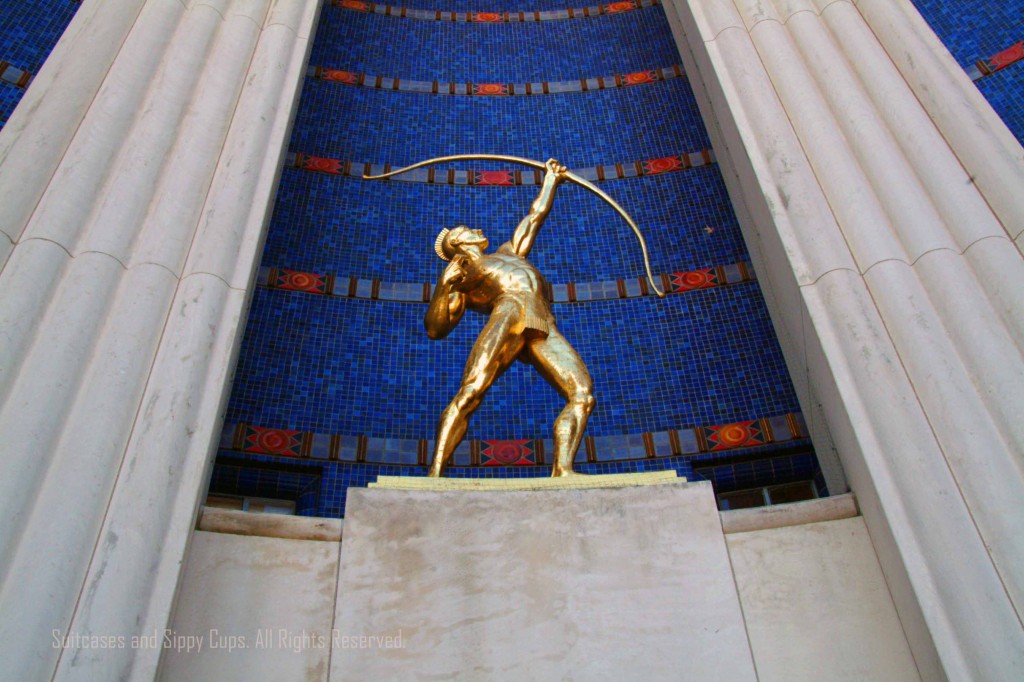
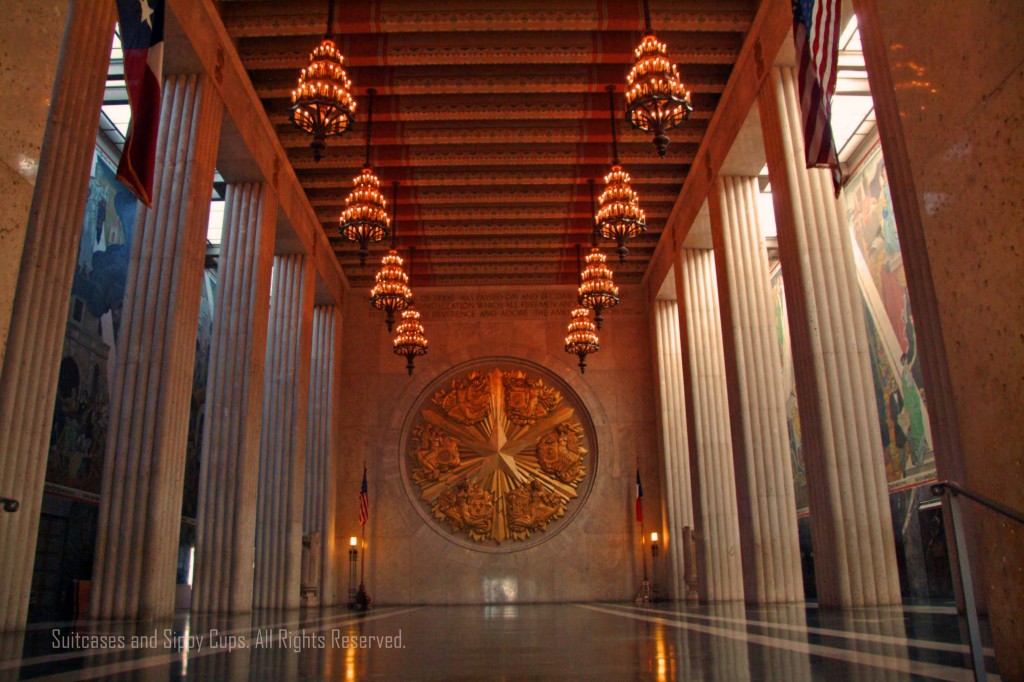
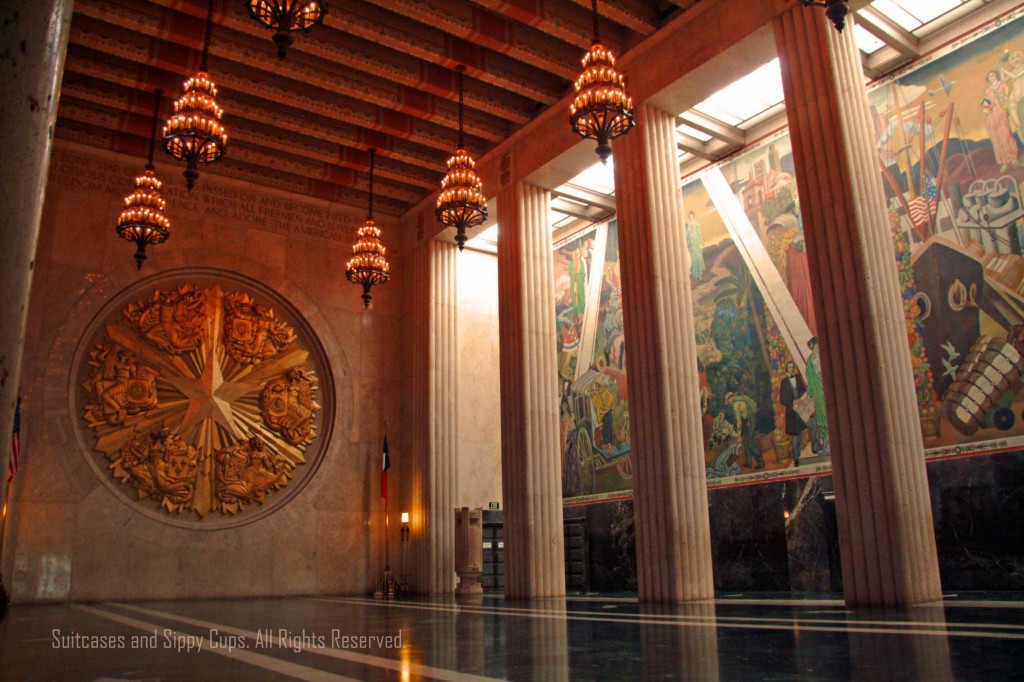
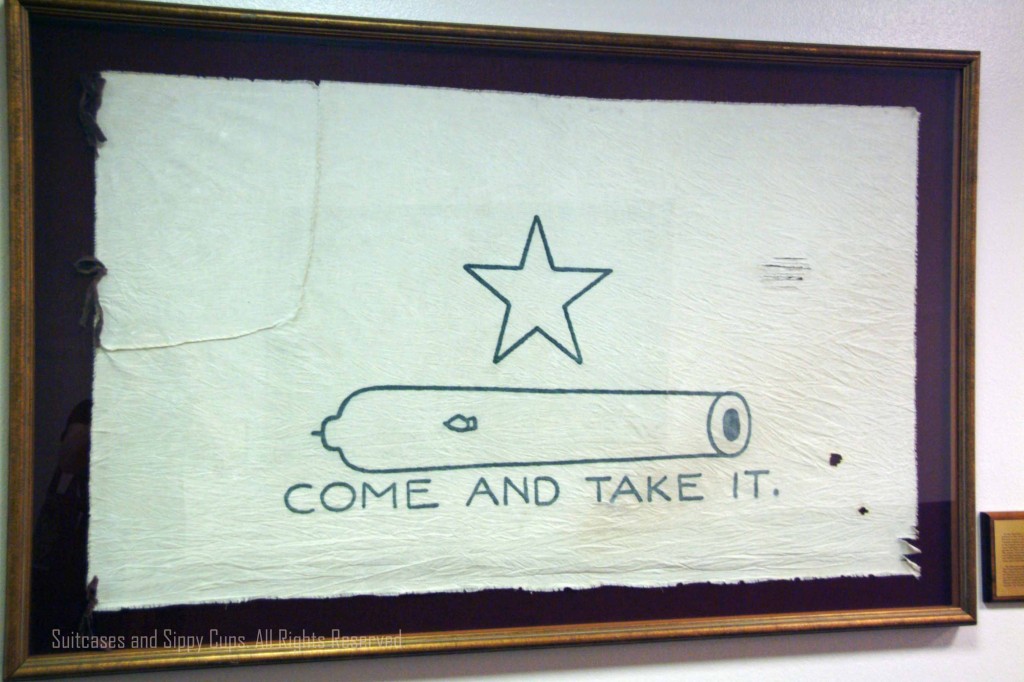
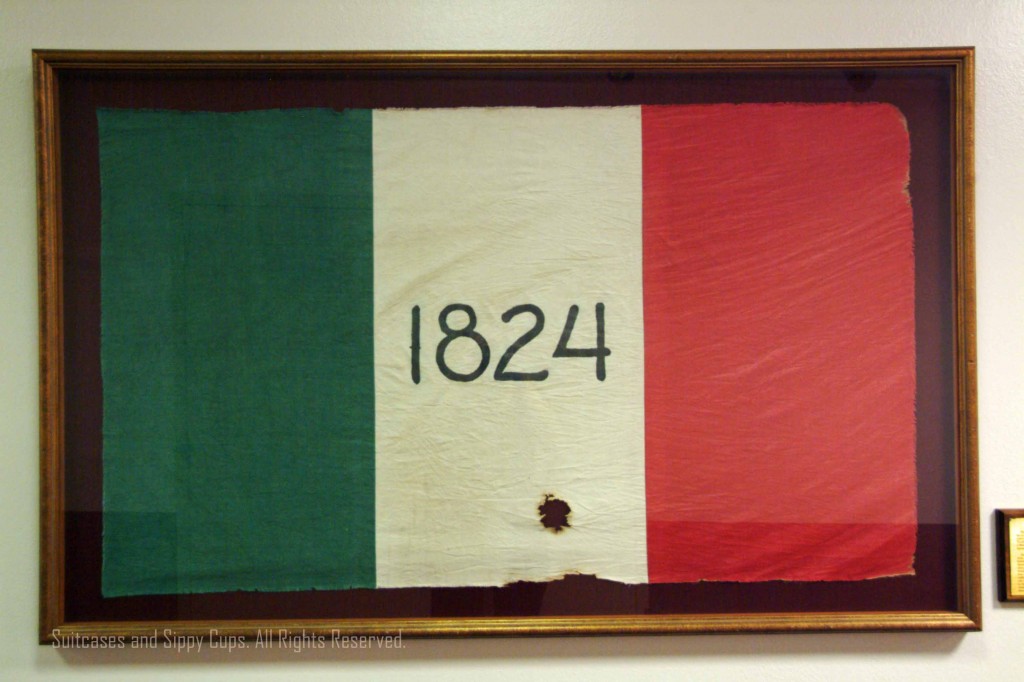
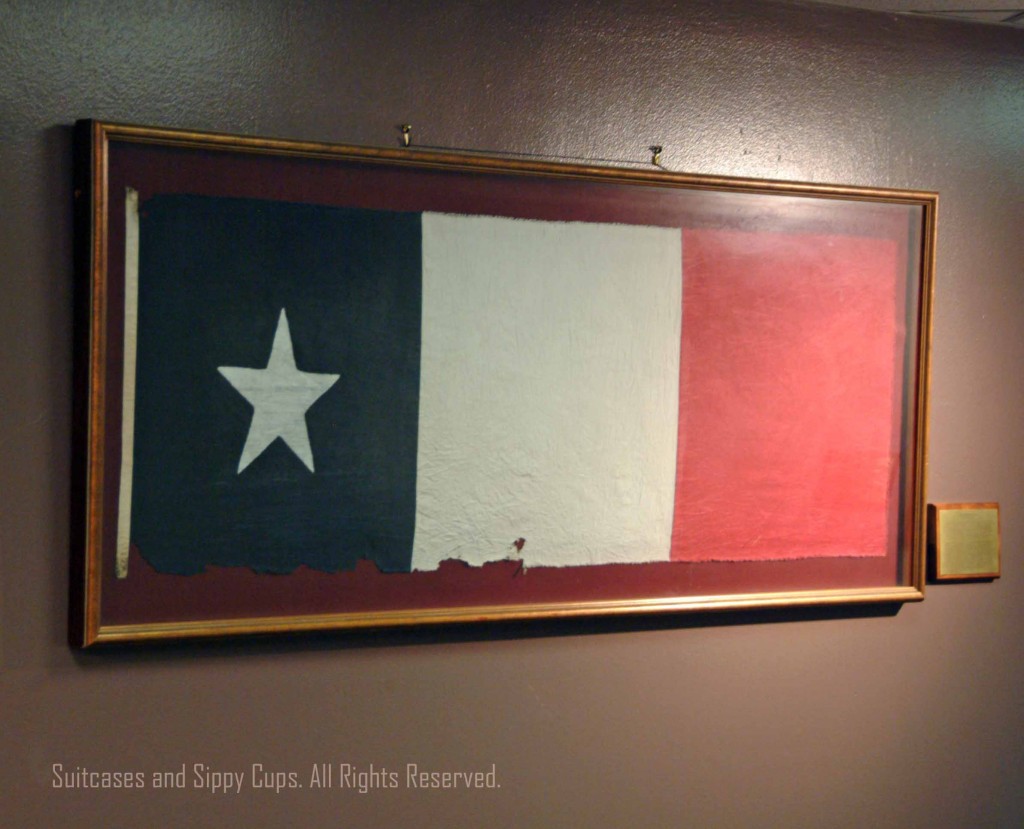
LOL. Nine school buses would be enough to send me scurrying in the opposite direction too. I'll admit that my eyes glazed over when you told me you were switching into teacher mode, but it was a pretty interesting story. I'll definitely think of it everytime anybody asks for gum from now on.
I quite enjoyed the history lesson and the bubble gum trivia – thanks!!